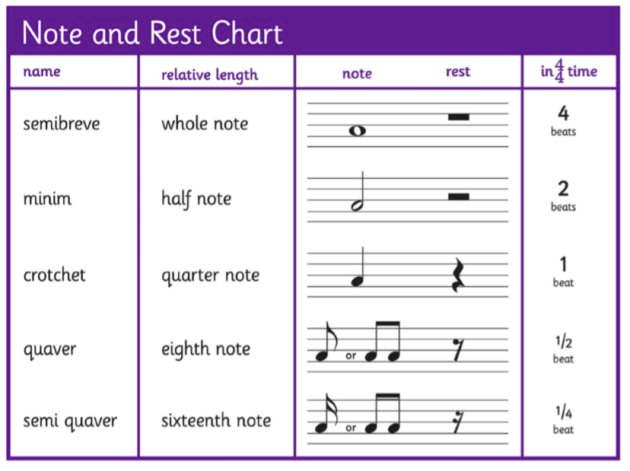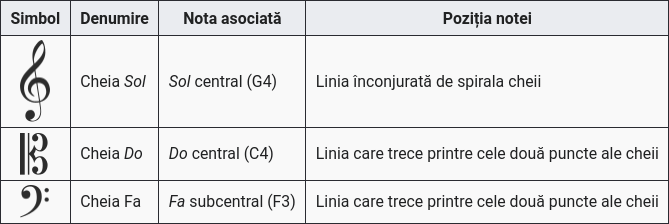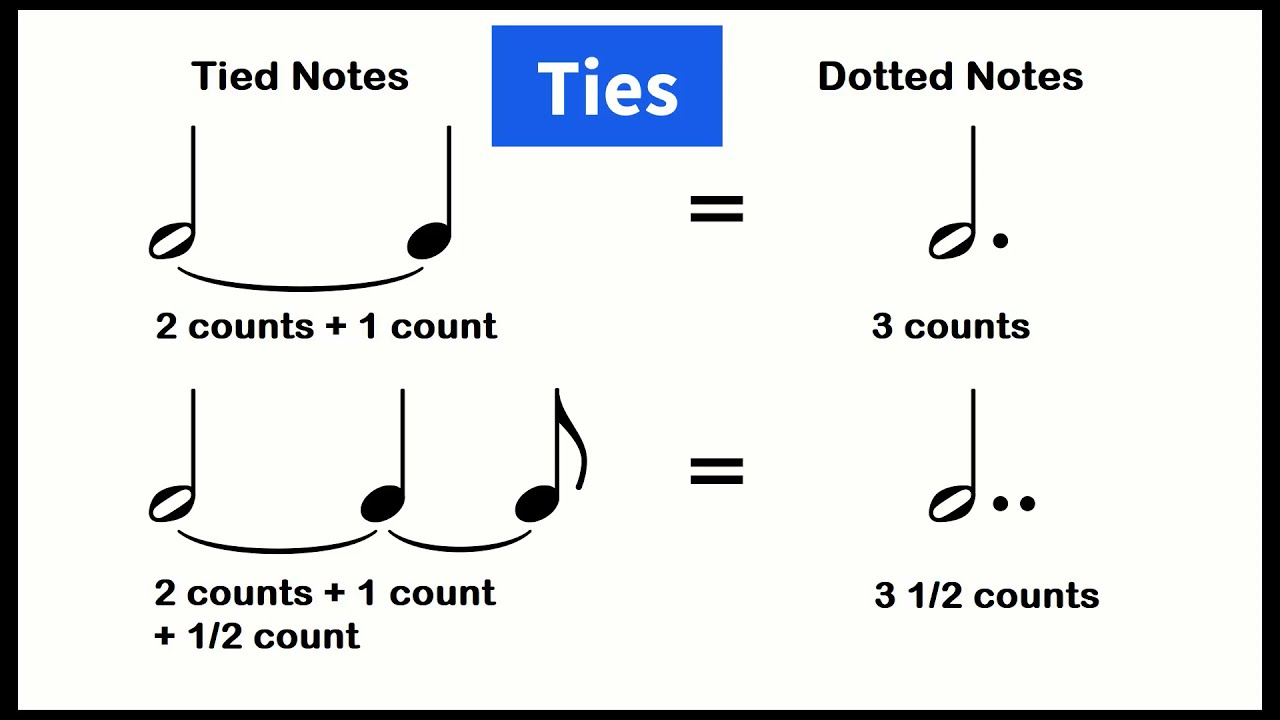I’m currently taking the following courses for piano playing
- Alfred’s Adult All-in-One PDF + Yt Walkthrough
- Coursera - # Fundamentals of Music Theory

În scrierea şi practica muzicală se folosesc șapte chei:
- Cheia de violină sau cheia Sol
- Cheia de sopran pe prima linie a portativului
- Cheia de mezzosopran pe a doua linie a portativului
- Cheia de alto pe a treia linie a portativului, cheia Do
- Cheia de tenor pe a patra linie a portativului, cheia Do
- Cheia de bas sau cheia Fa pe a patra linie a portativului
- Cheia de bariton sau Fa pe a treia linie a portativului

Cele trei chei din notarea muzicală modernă sunt următoarele

Armura poate cuprinde semne de alterație (diez sau bemol) care definesc segmentul tonal în care se desfășoară melodia și, în funcție de locul în care sunt amplasate, indică o cerință exactă. De exemplu, dacă armura este formată dintr-un diez așezat pe locul notei FA, înseamnă că toate notele FA din piesă vor fi interpretate ca FA diez. Singurele situații în care această regulă se poate modifica sunt cele în care armura se schimbă sau nota FA este însoțită de un becar (♮) pe parcursul compoziției (caz în care nu se mai respectă armura, ci se respectă becarul, care anulează orice formă de alterație suplimentară).
The landmark system for sight reading

In music notation, a tie is a curved line connecting the heads of two notes of the same pitch, indicating that they are to be played as a single note with a duration equal to the sum of the individual notes’ values.
Textures
| Texture type | Description |
|---|---|
| Monophonic | Monophonic texture includes a single melodic line with no accompaniment.[4] PSMs often double or parallel the PM they support.[5] |
| Biphonic | Two distinct lines, the lower sustaining a drone (constant pitch) while the other line creates a more elaborate melody above it. Pedal tones or ostinati would be an example of a SS.[5] It is generally considered to be a type of polyphony. |
| Polyphonic or Counterpoint or Contrapuntal | Multiple melodic voices which are to a considerable extent independent from or in imitation with one another. Characteristic texture of the Renaissance music, also prevalent during the Baroque period.8(https://en.wikipedia.org/wiki/Texture_(music)?useskin=vector#cite_note-FOOTNOTEBenward_&_Saker2003[[Category:Wikipedia_articles_needing_page_number_citations_from_May_2021]] Polyphonic textures may contain several PMs.[5] |
| Homophonic | The most common texture in Western music: melody and accompaniment. Multiple voices of which one, the melody, stands out prominently and the others form a background of harmonic accompaniment. If all the parts have much the same rhythm, the homophonic texture can also be described as homorhythmic. Characteristic texture of the Classical period and continued to predominate in Romantic music while in the 20th century, “popular music is nearly all homophonic,” and, “much of jazz is also” though, “the simultaneous improvisations of some jazz musicians creates a true polyphony”.[4] Homophonic textures usually contain only one PM.[5] HS and RS are often combined, thus labeled HRS.[5] |
| Homorhythmic | Multiple voices with similar rhythmic material in all parts. Also known as “chordal”. May be considered a condition of homophony or distinguished from it. |
| Heterophonic | Two or more voices simultaneously performing variations of the same melody. |
| Silence | No sound at all or the absence of intended sound |